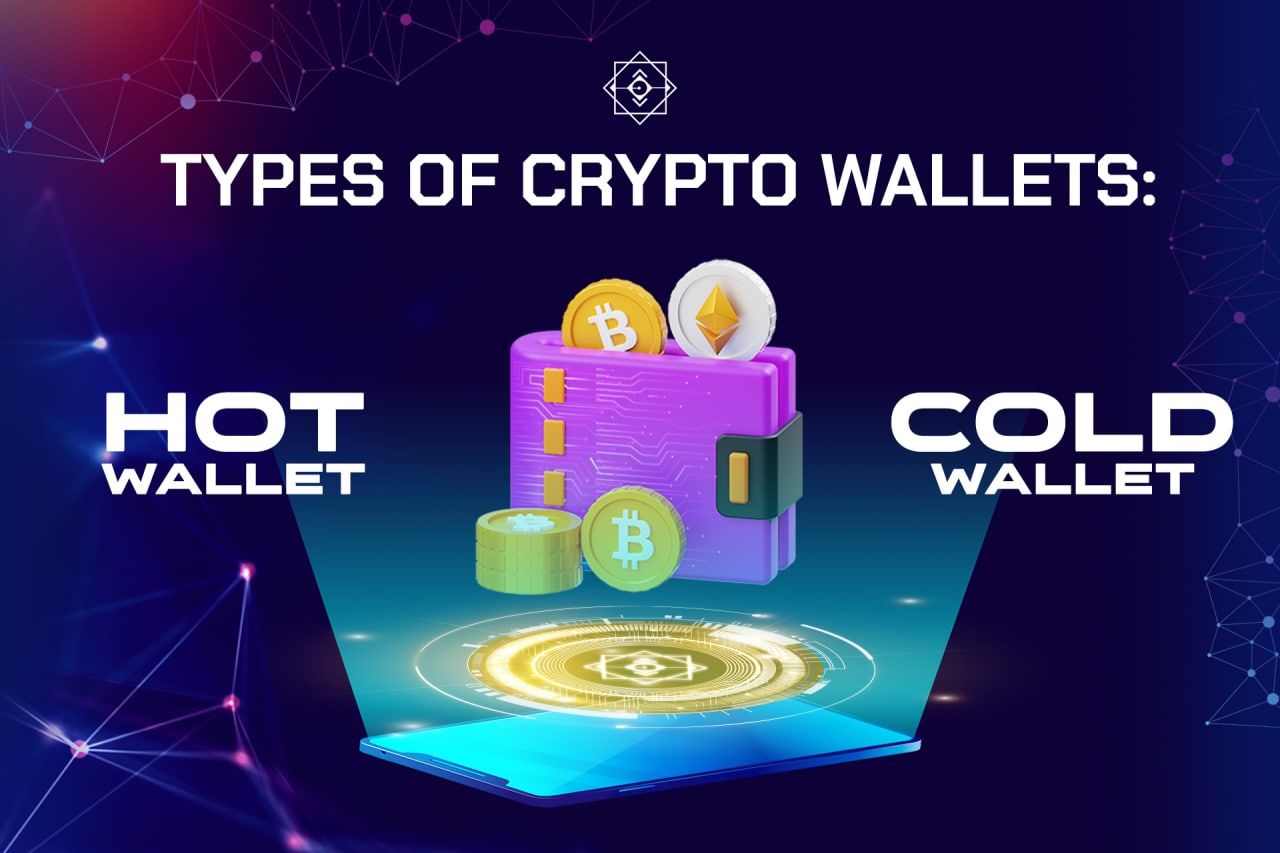- Blog
- Crypto News
- What is NPoS - Nominated Proof-of-stake, and how does it work?
What is NPoS - Nominated Proof-of-stake, and how does it work?
NPoS, Nominated Proof-of-Stake or Nominated Proof of Stake, is a fairly new mechanism where stakeholders have the right to choose specific validators to participate in the consensus mechanism. NPoS is used by Polkadot and many blockchains built on Substrate like Kusama or BHO Network.
So what is NPoS? And how does NPoS work?
Proof-of-Stake (PoS) and Nominated Proof-of-Stake (NPoS)
To understand Nominated, we first need to understand what Proof-of-Stake is. Proof-of-Stake is the consensus mechanism applied on most blockchains today to achieve distributed consensus. The mechanism requires users to stake a certain amount of tokens to be a validator of the network. The Validator will confirm, add transactions to the blockchain, and generate new blocks of data, and will be rewarded with either blockchain inflation or transaction fees.
PoS solves some of the problems of Proof-of-Work (PoW):
- Save more energy
- Requires less hardware power
- Easier to become a validator, through which the network will have more nodes, and will be more decentralized
However, the original PoS model has some disadvantages such as:
- PoS is based on shares that correspond to holdings. That means big token holders have better ROI and “the rich get richer”.
- Large token holders threaten the network's decentralized validation process. That means placing more power in the hands of rich validators.
From there, Nominated Proof-of-Stake (NPoS) was born. It was first introduced by Polkadot, the platform founded by the Co-founder of Ethereum. In NPoS, users are encouraged to participate in the protection of the network by staking native tokens and voting validators with good history. This solves the “51% attack” problem, meaning that a validator node holding a majority share in the network controls the network and approves fraudulent transactions.
How NPoS works
For several times a day, the system selects a group of entities called validators, which will play an important role in protocols such as block production and finality gadget of the next session.
The validator team will have to stake tokens in the form of collaterals, committing to completing the required tasks. Any action that damages the protocol, a portion of the staked tokens will be cut off. Otherwise, they will be rewarded if done well.
The Nominators will also have their tokens locked with the Validator they vote for and receive rewards according to the percentage of tokens they contribute (per rata basis), and vice versa, when their validators fail to properly complete their tasks or damage the protocol, a part of their tokens in the pool will also be cut off.
Advantages of NPoS
NPoS, having inherited the inherent advantages of the PoS model, is much more efficient than Proof-of-Work. It incentivizes all token holders to participate in Validator elections, increasing democracy and decentralization. The number of Nominators can be increased day by day to ensure the security of the network, but the number of Validators is kept the same, thereby maintaining the stability of the network.
In addition, because of fair reward/punishment mechanism, NPoS's model forces Nominators to choose validators that are most beneficial to the system. Therefore, the goal of the NPoS election process is to provide results that are fairly represented, and as secure as possible.
Furthermore, with the above model, the proportion of tokens staked on a validator will be larger than any single validator in the traditional PoS model, making network attacks extremely difficult for 2 main reasons:
- It is difficult for unqualified Validator candidates, because they need to build a reputation in order to be elected.
- Hacking the network will be extremely expensive as any attempt to attack will result in a portion of the tokens in the pool being destroyed.
Currently NPoS is commonly used in blockchains built on Substrate Framework, including BHO Network. With NPoS, BHO Network aims to build a network with good security, high decentralization, and above all, strong scalability.
Published on April 29, 2022
Tagged topics







